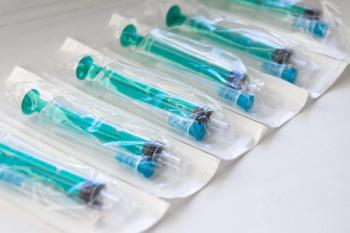
High insulin costs lead to rationing for patients with diabetes
Recent developments drive price breaks for necessary substance.
Adult patients with diabetes will ration their use of insulin due to cost.
Insulin prices have been in national news at least since last summer, when President Joe Biden signed the federal Inflation Reduction Act in August 2022. That law capped the price of insulin at $35 a month for Medicare beneficiaries.
For those not yet old enough for Medicare, about 20% of patients ration their use, with cost-related rationing most common in non-Hispanic Black, middle-income, and underinsured or uninsured adults.
The findings were in the
Participants were asked if they agreed: “During the past 12 months, were any of the following true for you? You skipped insulin doses to save money; You took less insulin than needed to save money; You delayed buying insulin to save money.”
Underuse of insulin has important clinical implications, the researchers said. They cited studies that found from 2005 to 2012, 30.3% of American adults treated with insulin and 12.1% of adults treated with insulin and oral diabetes medications met the typical hemoglobin A1C target of less than 7%. “From 2009 to 2015, hospitalizations for diabetic ketoacidosis increased from 24.4 to 43.5 per 1000 adults with diabetes in those aged 18 to 44 years,” the study said.
For the effects of the Inflation Reduction Act, “extending co-pay limits to all patients using insulin would likely improve affordability,” the researchers said. Younger patients with diabetes will get some price breaks without that federal action.
On March 1, pharmaceutical maker
“These changes may improve affordability for patients not included in the Inflation Reduction Act because these (three) manufacturers make up approximately 90% of the U.S. insulin market,” the study said.
Newsletter
Stay informed and empowered with Medical Economics enewsletter, delivering expert insights, financial strategies, practice management tips and technology trends — tailored for today’s physicians.








